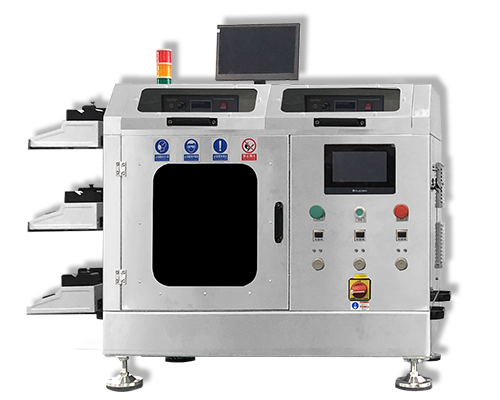What are the 3 coronary stents that you don’t know yet?
3 Coronary Stents – Medical Stent Coating – Cheersonic
Patients often ask: “Doctor, what material is the coronary stent implanted in my body? Should I replace it? Will it fall out?”
For the commonly used clinical drug stents and bare stents, these two types of stents are all metal stents, and the materials are all metal, including the previous stainless steel to the current cobalt-chromium alloy, which are permanent, and once placed in the blood vessel, they will not Replace it, and it won’t fall out.
At present, a new bioabsorbable stent has emerged, which can be gradually degraded after entering the body and absorbed by the human body after several months. However, this stent has not yet been put into clinical application in large quantities in my country.
Coronary Bare Stent
Intracoronary bare metal stents are pure metal mesh tubes. The surface of this type of stent does not have any coating, and the purpose of implanting the coronary artery is to provide a dilatation support force for the narrowed coronary artery, so that the blood flow can be unblocked, and avoid the early retraction of the coronary artery caused by relying solely on the balloon expansion. Restenosis.
Such stents are the earliest in clinical use. The advantage is that the price is lower than other stents, and the use of antiplatelet drugs after surgery is short, but it also has a very big disadvantage: postoperative in-stent restenosis, that is, the proportion of stented blood vessels to be “blocked” is high. , about 30-50% of patients may occur in the early stage.
With the gradual improvement of stent manufacturing process and materials, this proportion has dropped significantly, but it may occur in about 15% of patients. Once it occurs, revascularization may still be required. For patients who cannot take long-term antiplatelet therapy, it is an option.
Intracoronary Drug-eluting Stent
This type of stent is based on the bare stent, and some drugs are coated on the stent with advanced technical means. After the stent is placed in the intravascular lesion, the drug is released to the coronary vessel wall in a controlled manner through elution. tissue and play an effect, control the growth of vascular endothelium.
Currently commonly used drug-eluting stents include rapamycin-eluting stents and paclitaxel-eluting stents. Compared with bare stents, this type of stent has the advantage that the proportion of in-stent restenosis is greatly reduced.
Reinterventional therapy is avoided for many patients, but long-term antiplatelet drugs are required after surgery. Generally speaking, two antiplatelet drugs must be taken strictly for 6-12 months after surgery, and aspirin needs to be continued for a long time thereafter. For most patients, drug-eluting stents are the first choice.
Intracoronary Biodegradable Stent
Biodegradable scaffolds, as the name suggests, are scaffolds that can degrade themselves.
After implantation of coronary stents, the stents originally retained in the coronary arteries gradually degrade over time and disappear completely after a few months.
These stents are made of a special material that dissolves over time after opening a blocked blood vessel, leaving no metal stents in the patient’s blood vessels.
It can restore more self-function and exercise ability of blood vessels, and reduce the time of medication and the occurrence of coronary restenosis and acute thrombosis in stents after operation.
The long-term benefits of restoring blood vessels to a more natural state are important. However, it is not yet widely used in clinical practice.
Author: Liang Chun, Shanghai Changzheng Hospital
The ultrasonic drug-eluting stent spray coating system can be applied to the preparation of polymer coating for preventing vascular restenosis on the surface of implantable drug-eluting stent. Compared to conventional two-fluid nozzles, ultrasonic nozzles can spray a more uniform drug coating that completely covers the stent without the orange peel and adhesion to a complex stent. The soft atomized spray adheres well to surfaces and coating morphology characteristics can be adjusted by modifying process parameters. In addition, the stent coating obtained by ultrasonic spray coating technology is thinner than dip-coating. Ultrasonic spray coating technology can precisely control the amount of drug sprayed on the stent, making the control of the spraying more precisely.
Cheersonic is the leading developer and manufacturer of ultrasonic coating systems for applying precise, thin film coatings to protect, strengthen or smooth surfaces on parts and components for the microelectronics/electronics, alternative energy, medical and industrial markets, including specialized glass applications in construction and automotive.


